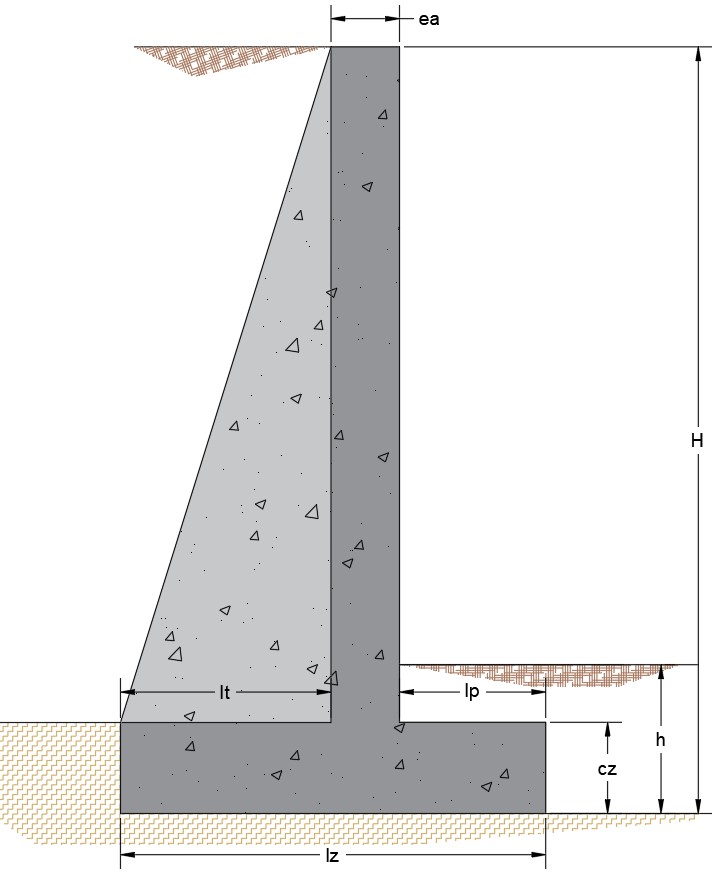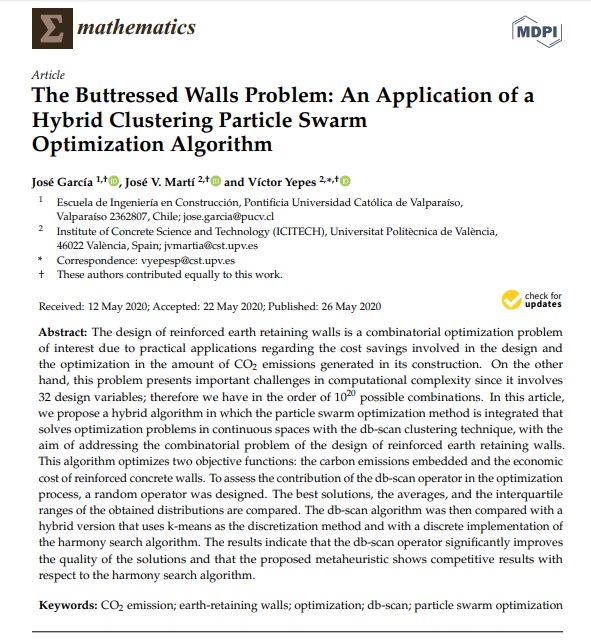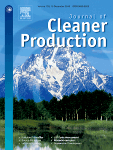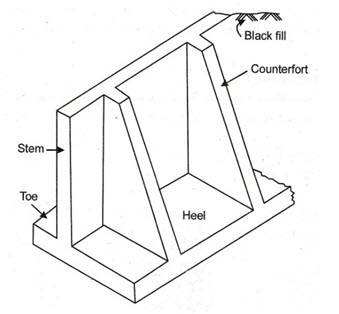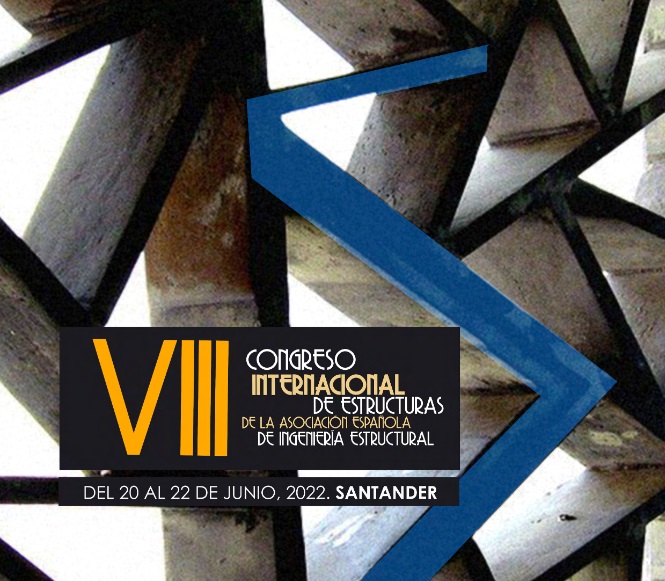 Durante los días 20-22 de junio de 2022 tendrá lugar el VIII Congreso Trienal de la Asociación Española de Ingeniería Estructural (ACHE), un excelente encuentro internacional de profesionales y especialistas en el campo de las estructuras, cuyo nivel técnico lo avalan las anteriores ediciones. Los objetivos fundamentales de este Congreso Internacional de Estructuras son, por un lado, dar a conocer los avances, estudios y realizaciones recientemente alcanzados en el ámbito estructural (en Edificación y en Ingeniería Civil e Industrial), y, por otro, exponer las actividades de la Asociación a sus miembros, amigos, y a toda la sociedad a cuyo servicio se encuentra ACHE realizando una labor de difusión técnica sin ánimo de lucro.
Durante los días 20-22 de junio de 2022 tendrá lugar el VIII Congreso Trienal de la Asociación Española de Ingeniería Estructural (ACHE), un excelente encuentro internacional de profesionales y especialistas en el campo de las estructuras, cuyo nivel técnico lo avalan las anteriores ediciones. Los objetivos fundamentales de este Congreso Internacional de Estructuras son, por un lado, dar a conocer los avances, estudios y realizaciones recientemente alcanzados en el ámbito estructural (en Edificación y en Ingeniería Civil e Industrial), y, por otro, exponer las actividades de la Asociación a sus miembros, amigos, y a toda la sociedad a cuyo servicio se encuentra ACHE realizando una labor de difusión técnica sin ánimo de lucro.
Nuestro grupo de investigación, dentro del proyecto de investigación HYDELIFE, presenta varias comunicaciones. A continuación os paso los resúmenes. Además, tendré el honor de ser Presidente de Sala en la Sesión Técnica 5 de Gestión de Estructuras, el martes 21 de junio de 2022, en el Aula 5. Nos veremos pronto en el Congreso.
MARTÍ, J.V.; MARTÍNEZ-MUÑOZ, D.; YEPES, V. (2022). Diseño de experimentos para la calibración de la heurística de optimización de muros de contrafuertes. VIII Congreso de la Asociación Española de Ingeniería Estructural ACHE. Santander, 2022.
En la actualidad, los técnicos se enfrentan al desafío de encontrar soluciones estructurales más eficientes, cumpliendo con todas las restricciones de seguridad y funcionalidad. Como ayuda a este reto, surgen las técnicas de optimización heurísticas. El algoritmo aplicado en este artículo es el Recocido Simulado o Simulated Annealing (SA). La estructura sobre la que se emplea esta metodología es un muro de contrafuertes de hormigón armado de 11 metros de altura. La eficiencia del algoritmo depende de la elección de los parámetros más adecuados que lo definen. Para ello, se realiza un diseño de experimentos factorial fraccionado que permite, a través de un análisis estadístico, detectar aquellos parámetros de la heurística que más afectan al resultado de la solución obtenida.
SÁNCHEZ-GARRIDO, A.J.; YEPES, V. (2022). Aplicación del análisis del valor MIVES a la estructura de una vivienda unifamiliar de autopromoción con criterios de sostenibilidad. VIII Congreso de la Asociación Española de Ingeniería Estructural ACHE. Santander, 2022.
En este trabajo se estudia el óptimo diseño de la estructura y cerramiento entre tres alternativas dispares aplicadas a una vivienda unifamiliar adosada, para la toma de decisión de un autopromotor, apoyándose en métodos multicriterio y teniendo en cuenta parámetros de sostenibilidad. Se obtiene así la validación del método para una alternativa “convencional”, “prefabricada” y “tecnológica”, consiguiendo esta última la mejor valoración. Esta información permitiría a cualquier gestor conocer desde el inicio del proyecto los aspectos fundamentales que marcarán el equilibrio medioambiental, económico y social del futuro edificio a lo largo de su ciclo de vida para hacerlo, en definitiva, más sostenible.
YEPES, V.; PELLICER, E.; MARTÍ, J.V.; KRIPKA, J. (2022). Diseño y mantenimiento óptimo robusto y basado en fiabilidad de puentes de alta eficiencia social y medioambiental bajo presupuestos restrictivos. VIII Congreso de la Asociación Española de Ingeniería Estructural ACHE. Santander, 2022.
El artículo expone los resultados alcanzados dentro del proyecto de investigación DIMALIFE. Se desarrolla una metodología que incorpora la variabilidad en los procesos de toma de decisiones en el ciclo completo de vida de puentes e infraestructuras viarias, de forma que se contemplen las necesidades e intereses sociales y ambientales con presupuestos restrictivos. La variabilidad inherente a los parámetros, variables y restricciones del problema resulta crítica si se dan por buenas soluciones optimizadas, que pueden encontrarse al borde de la infactibilidad. Se precisa introducir en el análisis la optimización multiobjetivo basada en fiabilidad y conseguir diseños óptimos robustos.
